How Do You Know If Baseball Cards are Reprints: Spot Fakes Fast!
To determine if baseball cards are reprints, check for differences in cardstock, coloring, and print quality compared to originals. Look also for any modern trademarks or logos that weren’t present on vintage issues.
Collecting baseball cards is a hobby that spans generations, and the value of vintage cards can be significant. Yet, with this value comes the risk of encountering reprints, which are copies of original cards, often with lower collectible worth. Collectors must scrutinize their cards to ensure authenticity.
Authentic cards typically show signs of aging and original printing techniques that reprints lack. For collectors and enthusiasts aiming to build a genuine collection, recognizing the tell-tale signs of reprints is essential. A thorough examination and comparison with known originals can save one from investing in counterfeit memorabilia. This guide will equip collectors with the knowledge to distinguish genuine collectibles from reprints effectively.
The Surge Of Counterfeit Baseball Cards
Baseball card collecting is a cherished hobby, steeped in nostalgia and passion. Yet, a shadow looms over this pastime. The surge of counterfeit baseball cards threatens the integrity of the hobby. Discerning a fake from an authentic card is now more crucial than ever. Collectors must navigate this minefield to protect their investments and preserve the joy of collecting.
Rising Popularity Of Collectibles
The thrill of finding rare cards has sparked a collecting frenzy. As card values soar, so do the stakes. Here’s why:
- Demand for vintage cards is high. Their rarity and historical value drive collectors to seek the best.
- New generations discover card collecting. Young fans and seasoned collectors all want a piece of history.
- The digital age amplifies reach. Online platforms enable collectors to buy and sell across the globe.
Why Fakes Are Flooding The Market
Counterfeiters are drawn to the profitable world of baseball cards. Reasons include:
- Advanced printing technology makes creating fakes easier than ever. Fakes are now harder to spot.
- Profit margins are tempting. High-value cards can fetch thousands, tempting criminals to cash in with forgeries.
- Unsuspecting buyers are plentiful. New collectors might not know how to identify a reprint, making them easy targets.
Remaining vigilant is key. By understanding the signs of reprints and the motives behind counterfeiting, collectors can ensure the cards they cherish are the real deal.
Identifying Authentic Baseball Cards
Delving into the world of baseball cards excites fans and collectors alike. Yet, spotting the genuine article proves crucial. Authenticity defines value, making accurate identification a must. Learn the tell-tale signs that separate authentic baseball cards from reprints.
Characteristics Of Genuine Cards
Genuine baseball cards exhibit unique hallmark traits. These characteristics help confirm a card’s authenticity. Look for official licensing marks, consistency with known design standards, and any signs of age-appropriate wear. Here’s a breakdown:
- Licensing Information: Check for league and manufacturer logos.
- Design Consistency: Compare with authenticated cards from the same era.
- Wear and Aging: Authentic cards might display natural signs of aging.
Weight And Texture Variances
Weight and texture differences offer critical clues. Original cards and reprints often differ here. Use a precision scale for weight comparison.
| Characteristic | Original Card | Reprint Card |
|---|---|---|
| Weight | Consistent with period | May be lighter or heavier |
| Texture | Specific to era and brand | Often smoother or glossier |
Feel the card. Originals from the pre-1980s often have a distinct, less smooth texture compared to modern reprints. The tactile experience can be a revealing factor. Trust your fingers and verify with known samples.
Print Technology Telltales
Identifying genuine baseball cards can be tricky with the rise of sophisticated reprints. Collectors and enthusiasts need to understand print technology telltales to authenticate their beloved memorabilia. Knowing the differences between traditional offset and modern digital printing is crucial. Specific signs help in spotting reprints even to the untrained eye. Let’s explore the details under the lens of print technology.
Offset vs. Digital PrintingOffset Vs. Digital Printing
Original cards were mostly printed using offset printing. This method involves transferring ink from plates to rubber rollers before hitting the card stock. Here’s what to look for:
- Dot patterns: Use a magnifying glass to see the tiny dots forming images.
- Consistent colors: Original prints have uniform colors without pixelation.
- Plate marks: Often visible where colors overlap, indicating multi-plate printing.
Digital printing, on the other hand, is a modern technique. It produces cards directly from digital images:
- Smooth imagery: Crisp edges and a lack of dot patterns characterize digital prints.
- Color variance: Colored areas may show inconsistent shades or pixels.
Detecting Modern Reproduction Methods
Contemporary reprints can be harder to spot:
- Texture: Modern cards may feel different, sometimes glossier than vintage ones.
- Thickness: Reproductions might be thinner or thicker compared to originals.
- Edge quality: Examine for too smooth or unusually rough edges.
| Feature | Original | Reproduction |
|---|---|---|
| Dot Pattern | Consistent | Missing/Less defined |
| Color Uniformity | High | Variable |
| Texture | Specific to era | May be “off” |
UV light test reveals modern fluorescent whitening agents uncommon in old paper stock. Luminescence under UV suggests a reprint. Knowledge of print techniques and careful analysis are key to making informed decisions about card authenticity.

Credit: www.aarp.org
Assessing Visual Clues
Collectors often wonder if their baseball cards are original or reprints. Knowing the difference is key to assessing a card’s value. Visual clues often hold the answers. By examining characteristics like color and alignment, collectors can determine a card’s authenticity.
Color And Image Sharpness
Original cards often have a distinct color palette and sharp images. Check for:
- Saturation: Reprints might display overly vibrant colors.
- Detail: Genuine cards maintain fine image details.
Compare your card with verified originals. Subtle color shifts or blurry images hint at reprints.
Alignment And Cropping Errors
Misalignments offer crucial authenticity clues.
| Attribute | Original | Reprint |
|---|---|---|
| Border | Even, Clean-cut | Irregular, Skewed |
| Image | Centered | Off-center |
Examine the card’s border and image. Rough edges or off-center pictures often signal reprints. Originals display consistent alignment.
Physical Inspection Tips
Collecting baseball cards can be thrilling, especially when you find rare vintage gems. But spotting a reprint might save you from disappointment. Spot authentic treasures with these trusty physical inspection tips.
Touch And Feel Of The Cardstock
Authentic cardstock has a unique feel that reprints often fail to mimic. To verify a card’s authenticity:
- Assess the thickness: Compare it with a card known to be real.
- Check the texture: Originals have a distinct, coarse feel.
- Examine the edges: Genuine cards exhibit natural wear, not too uniform.
- Notice the glossiness: Overly shiny cards may signal a reprint.
Examining Under Magnification
Bring out your magnifying glass, and let’s dive deeper:
- Look at the print: Authentic cards have a dot matrix absent in reprints.
- Search for imperfections: Real cards have minor color breaks and print inconsistencies.
- Inspect for layers: Genuine cards may have a subtle layering of paper.
Use these inspection tips and safeguard your collection today!

Credit: www.amazon.com
Expert Authentication Services
Distinguishing original baseball cards from reprints can be a complex task. Expert Authentication Services play a crucial role. They provide the assurance collectors need. Specialists with a deep understanding of the industry judge the authenticity and condition of the cards. It’s essential for preserving the card’s value.
The Role Of Grading Companies
Grading companies assess baseball cards with precision. Their experts examine the card’s features. This includes print quality, color sharpness, and alignment. They detect any discrepancies that signal a reprint. Each card gets a grade based on its condition. A high grade from a reputable company can significantly enhance a card’s value.
- Authentication: They verify originality.
- Grading: They determine the condition.
- Encapsulation: They protect and preserve.
Collectors trust these graders. Names like PSA, Beckett, and SGC lead the industry.
Benefits Of Professional Verification
A professional verification stamp increases collector confidence.It affects the card’s market value positively. Here are benefits of professional verification:
| Benefit | Description |
|---|---|
| Authenticity Assurance | Certifies the card is genuine. |
| Condition Clarity | Provides a clear condition rating. |
| Market Value | Helps in determining true value. |
| Protection | Encases to prevent damage. |
| Resale Appeal | Increases buyer interest. |
A Closer Look At Serial Numbers
Serial numbers are the fingerprints of baseball cards. They hold key information. This data verifies authenticity. A true card has a unique serial number. It tracks production and distribution. Knowing how to check serial numbers is a must. Let’s explore their importance below.
Understanding Serial Number Significance
Each serial number tells a story. Think of it as a card’s birthmark. These numbers can tell you:
- When a card was printed.
- What set it belongs to.
- How many copies exist.
Authorized reprints bear their own set of numbers. They should not match originals. Genuine serial numbers have a reason. They match the card’s production details. Always compare these numbers with reliable databases.
Spotting Fake Serial Impressions
Replicas often get serial numbers wrong. Here’s how to spot fakes:
- Check the print quality. Real serial numbers are sharp and clear.
- Inspect the alignment. Genuine numbers align perfectly on the card.
- Look out for smudges or inconsistencies. These suggest tampering.
Professional grading services can help. They verify numbers and authenticity. For assurance, use these services when in doubt.
Ageing Signs And Wear Patterns
Collecting baseball cards is a journey through the sport’s history. Knowing if cards are originals or reprints helps preserve that history. Original cards often show real signs of aging. First-time collectors might not notice these subtle hints. Here’s how to identify genuine age.
Natural Vs. Artificial Patina
Real aging on baseball cards happens over time. Natural patina includes yellowing and fading ink. It’s hard to replicate. Artificial aging might look uneven under close examination. Original cards have a uniform tone due to years of exposure.
- Check colors for inconsistency
- Inspect for unnatural wear patterns
Scrutinizing Wear Consistency
Original cards will show a consistent wear pattern. Edges and corners should show even wear. Older cards have smooth, natural folds. Reprints might have sharp, forced creases. Compare wear signals across multiple areas of your card.
| Wear Area | Original | Reprint |
|---|---|---|
| Edges | Smooth, consistent fade | Sharp, uneven edges |
| Corners | Rounded with a soft look | Artificially blunted |
| Surface | Minor scuffs evenly distributed | Localized scuffing |
By understanding these signs, you can decipher the story behind each card. Look closely, and let the cards reveal their true age.
The Importance Of Provenance
Understanding the history of a baseball card can be as exciting as owning the card itself. Provenance refers to the card’s origin and life story. It can help determine if a card is genuine or a reprint. Collectors value cards with clear, traceable histories. Cards with well-documented provenance often fetch higher prices. They reassure buyers about authenticity.
Documenting Card History
Collectors should always seek cards with a paper trail. This includes receipts, certificates, and previous owners’ details. Such documents provide insight into the age and authenticity of a card. A good practice involves maintaining a detailed record for each card in a collection. This record might include:
- Date of purchase
- Source of acquisition
- Previous owners
- Authenticity certificates
- Grading information
Transparency in card history underpins trust in the collector’s community.
Warning Signs In Seller Stories
Sellers of baseball cards can tell convincing stories. Be wary of tales lacking evidence. Look for specific details about a card’s past. Inconsistencies or reluctance to provide provenance may indicate reprints. Warning signs include:
- Vague or general descriptions of card history
- Refusal to show documentation
- Unverifiable claims of rarity or origin<
- Price too good to be true
Always verify the seller’s story before purchasing a card. Remember, provenance is key. It separates the reprints from the originals.
Educating Yourself And Others
Discovering the authenticity of baseball cards can be thrilling yet challenging. As card collecting grows, so does the presence of reprints. In order to keep the hobby pure and enjoyable, it’s crucial to educate oneself and the community on how to spot fakes. This part of our discussion focuses on how to stay informed and practice vigilance in the baseball card marketplace.
Staying Informed On Fake Techniques
Knowledge is power, especially when it comes to identifying reprinted baseball cards. The production of fakes has become increasingly sophisticated, making it important to understand the latest scamming methods. Staying updated can involve multiple strategies:
- Attend collector shows, where experts share insights on spotting fakes.
- Subscribe to collector forums and industry newsletters.
- Follow authenticators on social media for the latest updates.
Community Vigilance And Reporting Fakes
Community involvement plays a pivotal role in combating counterfeit baseball cards. It’s a collective effort that ensures the integrity of the hobby. Here are ways to engage:
- Report suspicious listings to marketplaces or community admins.
- Inform others about confirmed fake cards through community channels.
- Educate new collectors on how to identify and avoid reprints.

Credit: www.cardboardconnection.com
Frequently Asked Questions For How Do You Know If Baseball Cards Are Reprints
How Can You Tell If A Baseball Card Is A Replica?
Check the card’s material, printing quality, font, and alignment. Authentic cards usually have sharp, clear images and consistent coloring. Research the card’s serial number and compare with certified databases or consult a professional appraiser.
How Do You Tell If Something Is A Reprint?
To identify a reprint, check the publication date against the original release, look for a notation of “reprint” on the cover or copyright page, and compare the quality and paper type to first editions.
Are Reprint Baseball Cards Worth Anything?
Some reprint baseball cards hold value, especially if they’re rare or in-demand among collectors. Their worth can vary widely based on condition, rarity, and player popularity.
Conclusion
Determining the authenticity of baseball cards requires attention to detail. Check for telltale signs like paper quality, print color, and size. Connect with experts or utilize online forums for verification. Remember, knowledge is power in distinguishing reprints from originals. Stay informed and collect with confidence.

Hello, I am Mark Hertz a full-time blogger and digital content creator. My passion and profession is blogging and sharing with this blog various ways to make money online from internet.

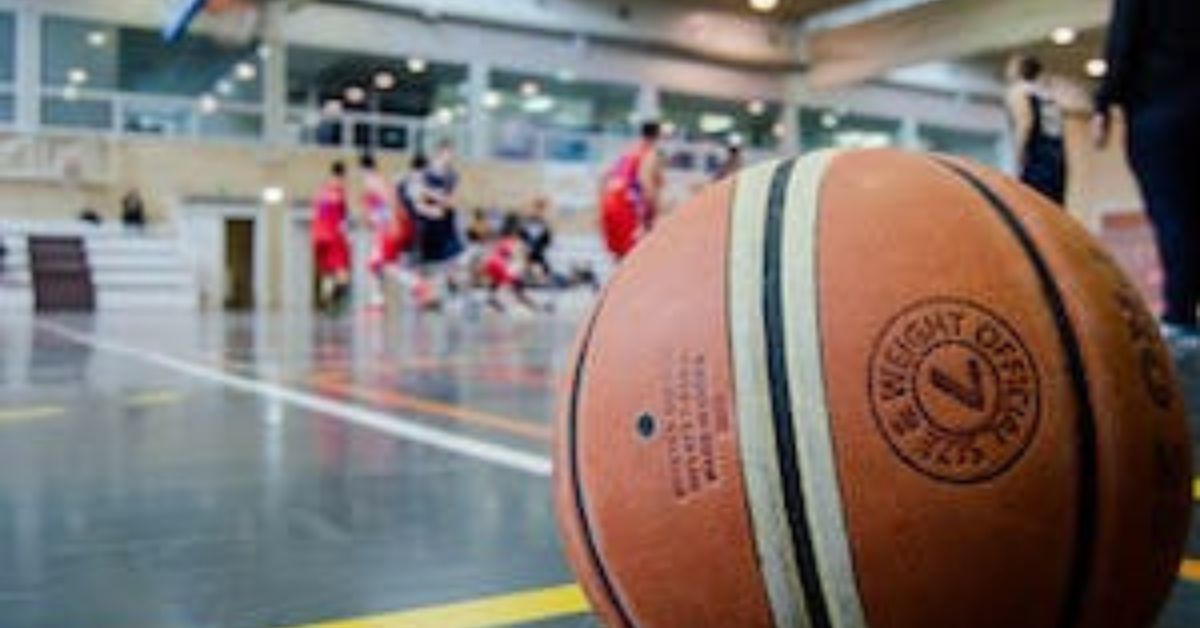

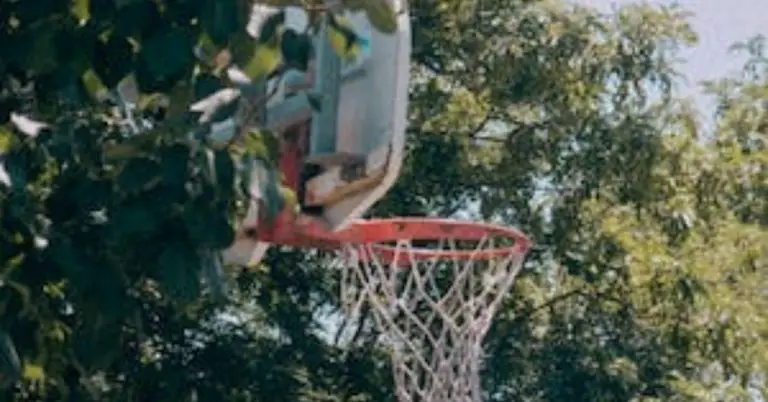
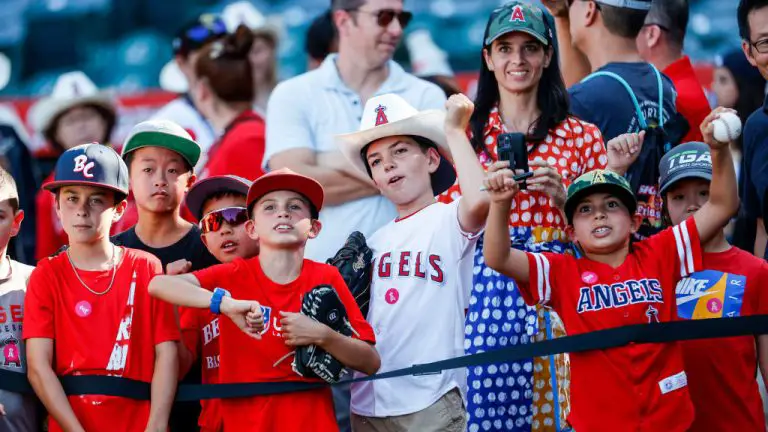
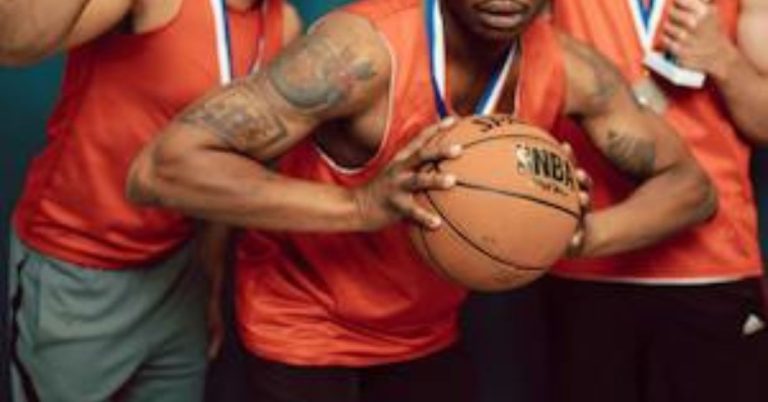
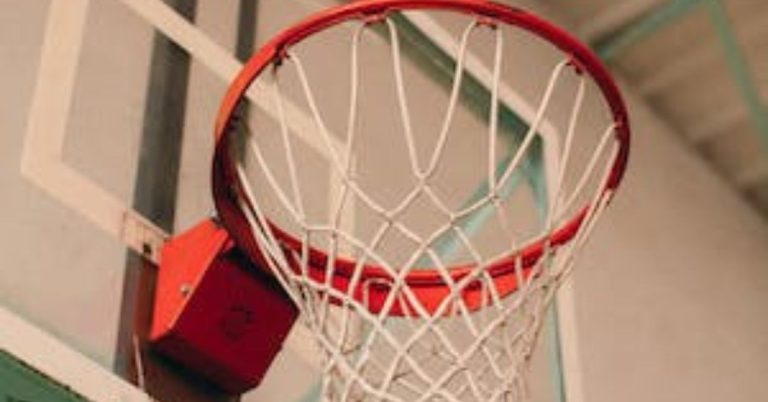
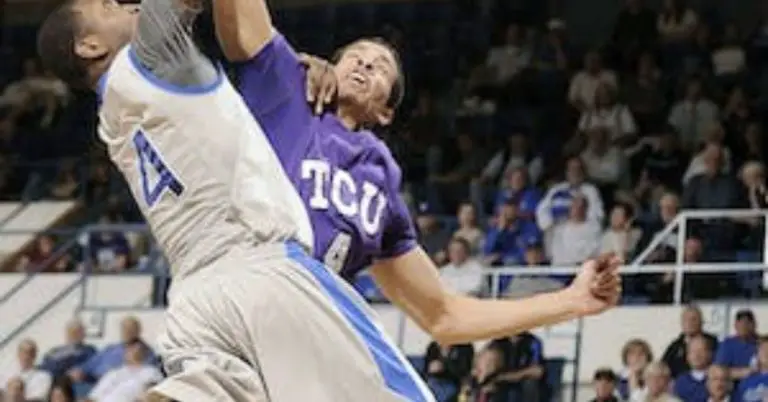
One Comment